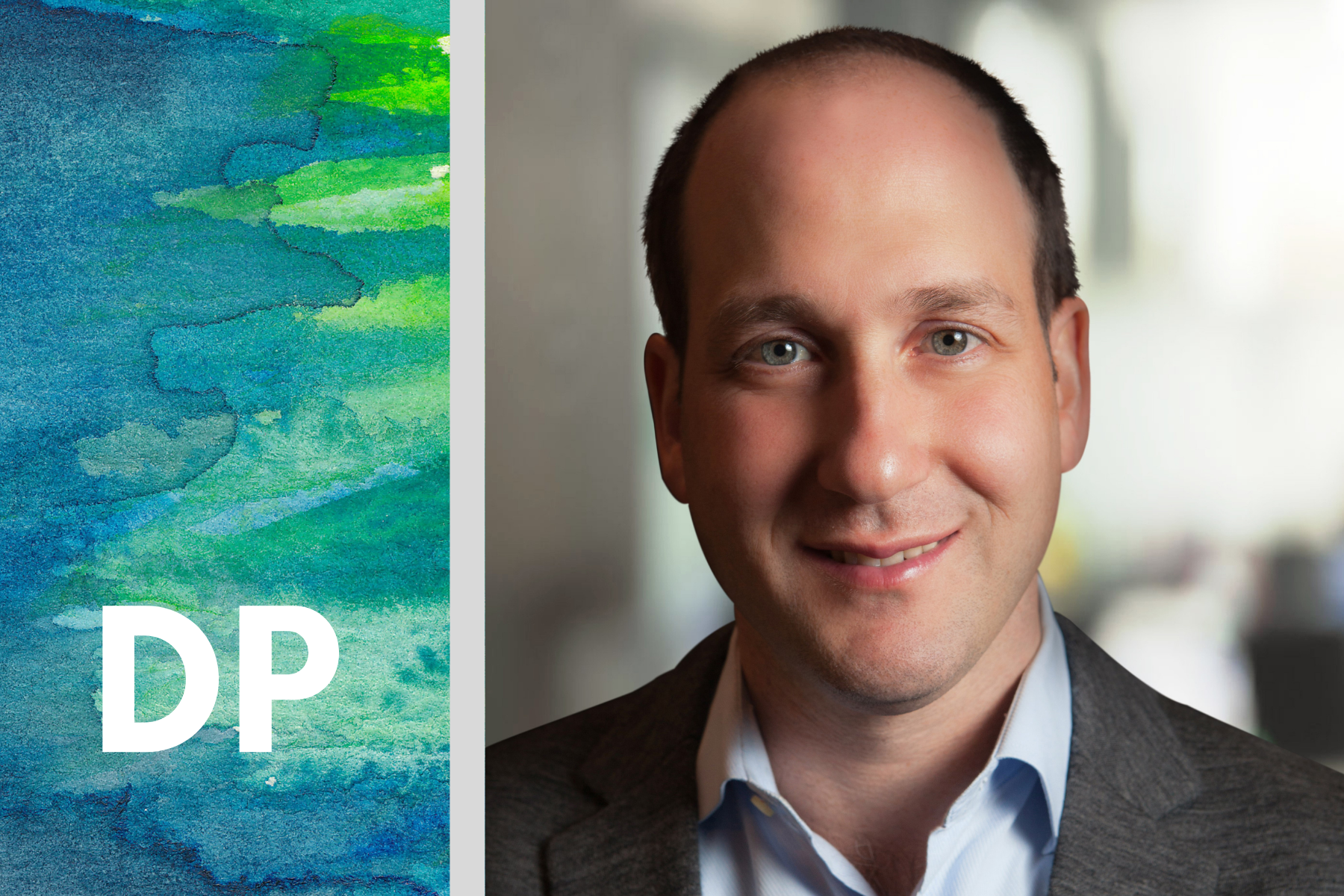
Walk us through your career on how you transitioned into impact investing? Could you start by sharing your educational journey and highlight a few specific points in your career that led you to where you are currently at now?
I studied history at Columbia University and wrote my senior thesis on the history of New York City. I was successful in obtaining an analyst role at Goldman Sachs, and to be honest, I wasn’t the best analyst since I never had the basic skill sets that most people are supposed to have when they come to a place like Goldman Sachs. Being a banker was hard for me, beyond the long hours which everyone who is watching this has probably experienced. I simply did not have the core skill set that was required to be successful.
When I was leaving Goldman Sachs, I wanted to try to save the world. My original plan was going to Nicaragua to help dairy farmers. There, I ran into my cousin at an event and said, `Hey, we invest in this early stage ed tech company. The CFO did not work out and they need some help.` I accepted the invitation and absolutely fell in love on the first day of the job.
The CEO of that company gave me his credit card and said to go to Home Depot and buy a bunch of two-by-four lumber. The CEO informed me that the company was building a school in Harlem and convinced him that I was the model candidate after I had just left Goldman Sachs. I flew around in private jets and helped him raise money. Since then, I have been doing education investing after building 11 schools in a two-year period.
It’s very interesting that you came from experience of doing more developmental work and new startups. What led you to co-found Achieve Partners and the University Venture fund.
Gandhi said, `If you want to see a change in the world, you must be the change.` Following my graduation from Stanford Business School with my master’s in education, I started working for other people to realize a very specific vision of what investing in education could be. We needed to invest in truly transformative organizations and people that were the social mission that drove this economic mission. When people invest in education, they prefer one or the other. I really want to be able to achieve both. That was why I started Achieve Partners and University Venture because we thought there was a better way of investing in education.
To follow up with what you’re saying, I want to expand a little bit about the investment strategies that you have when Achieve Partners are moving University Venture funds. What’s your investment thesis that you believe your team has adopted?
My investment thesis has changed as the educational material has changed. I will wager a guess that you probably still have textbooks. Personally, I believe no one will be using textbooks in college in a decade. I would bet you that how you get a job has changed dramatically from on-campus recruiting with a limited number of firms to a more broad-based process intermediated by technologies like Handshake.
Achieve Partners’ focus is investing in companies that are taking advantage of this transition on how students learn, and workers earn. This process is constantly changing with new technologies and businesses practices during COVID.
What’s unique about Achieve Partners is that our team pursue a buyout strategy so those who invest in education, or the workforce, are almost certainly investing at the venture stage. We can derive the most economic and social value by buying companies. Our target is in the lower to middle market buyout fund creating high-impact strategies.
What type of institutions are you focused on trying to fund or invest directly into? What are some of the investment screenings and due diligence processes that you use? Maybe share how you look to potential educational institutions that you want to invest in.
Achieve Partners does not invest in institutions. The concept of for-profit universities has a tarnished name at this point for good and bad reasons. There is a consensus in society that investigating actual educational institutions for profit is not the way to go.
Achieve Partners seeks two types of businesses: ed tech and higher ed companies. First, our team seeks ed tech businesses that schools buy for scenarios like how students take tests to plagiarism software to budgeting software. In addition to ed tech learning in schools, we look for companies that work in skill gap areas where we can add training programs. There is often a real disconnect between higher education and employment. We spent tons of time looking at pathways that are often thesis driven to identify large industries where more trained individuals are needed.
Our desired types of businesses are those with clear pathways. For example, a barista role at Starbucks with a four-year college or a two-year associate degree, while making $100,000 per year. Our team also looks for great companies that are not just venture capital backed. As you get older, you will know people who create companies and identify problems. Alumni from schools like USC or UCLA are going to identify a problem and can be backed early on to start a company that address this problem. Achieve Partners look for companies that are solving real problems generally founded by parents, teachers, or school administrators that aren’t venture bankable.
What is critical here is there are very few unicorns in education so you can count the number of billion-dollar outcomes in education. Achieve Partners is seeking great businesses that we can acquire at reasonable prices, accelerate their growth through our relationships and knowledge, and sell them to larger private equity firms.
Ed tech is more heavily used to analyze different education metrics that show how edtech is transforming how education is perceived and used in certain institutions. How do you see education changing going forward, specifically when it revolves around edtech?
Ed tech is a very broad field where people think they are talking about ed tech, but most are learning systems. For instance, I’m sure everybody has used Blackboard or Canvas for their coursework. The average school district or university uses about 1449 different software applications. There are 5000 school districts in America with over 2000 students so around 1000s of USD for just ed tech.
In school departments such as your Career Center, it probably uses at least ten unique software packages. With around 4,000 universities in America, very few know which universities hold a dominant market share. However, when you look just at the Career Center, hundreds of different companies that serve as Career Centers are represented. For instance, when you go through your Career Center’s website, they may have a data repository or videos of people talking about their careers or a chatbot to answer all your day-to-day questions.
Each of these school departments is a different company. What I think is important to understand about ed tech is its broad base. We spend about $90 billion a year on education technology, and the market will continue to grow very quickly. Even if you are students or users of many of these services, you will probably start at the tip of the iceberg with the types of products and services that are sold in education.
How would you evaluate the impact of ed tech, specifically for companies or institutions that you are investing in? What can be some of the difficulties that you’ve run into?
One of the big problems with investing in education is a lack of focus on ethics. Say we spend $90 billion a year on education, how do we measure the outcomes? How do you determine if education is that much better. Is it because you have Handshake, Canvas, and all these other products? I do not believe so.
Achieve Partners plans to engage with third-party academic researchers to review our products. Then, publish the results of that the impact that they’re having in peer-reviewed academic journals. This is where we hope to revolutionize the ecosystem of ed tech investments.
What most people do when they focus on ed tech is focus on the number of students served. That measurement does not really help you. Instead, our team tries to focus on improvements made to our products and through working with third-party researchers.
Could you expand on the process that your team and third-party researchers continuously improve an education technology product? Could you give us an example of how your team judges a product that you see impact on?
Great question. Your team brought up Quizlet so let’s take it as an example as it is one of the largest ed tech companies out there. I have users who are relatively sophisticated, telling me that Quizlet doesn’t help them learn but helps them memorize. I think about how many people have invested in Quizlet and conclude that it has a positive social impact. However, when you take a step back, it is difficult to determine whether Quizlet has a positive social impact or not.
That is why it is so important to do research to truly find out if the product is effective. Now it is uncanny to think about how many 10s of millions of dollars have been invested in Quizlet on the basis that it helps kids learn.
It is important to point out that Quizlet is a free software package, and some users may misuse it. I am sure there has been research done that indicates how Quizlet helps you learn. When reacting to how some users talk about what Quizlet does for you, wouldn’t it be better if I went and found a study that said `Yes, Quizlet helps kids learn rather than helps their memories.` If it just helps kids memorize, then should we be letting them use it? Should we encourage other software packages or evolve Quizlet with deeper and insightful study methods that do not just involve multiple choice flashcards?
There are a lot of pieces to Quizlet and my research starts with asking key questions around the performance of the ed tech product. The whole purpose of one of our theories of change is that bringing research into this discussion will improve the overall learning environment.
I’d like to move on to hear more about your podcast for Impact Capital Managers: Better Money Better World. How did you find yourself starting a podcast?
I helped to co-found Impact Capital Managers: a group of impact investors who want to have superior economic returns and share ways to build up an understanding of what we do. The head of our organization, Marieke Spence, asked if I could host a podcast where we interview our members and investors.
On the last episode, Ford Foundation shared how they have a 28% IRR on impact investments. Now that story needs to be told. We aim to break the preconception that impact investing has lower return. The Ford Foundation and others have shown that it boosts returns and so the podcast goal is to let people know about the huge effect impact investing has on the world.
All your guests seem to have a great positive impact. What would you describe the thesis or theory of change behind the Better Money Better World podcasts?
My goal was to promote our group of Impact Capital Managers and fundamentally change how listeners view where the most money is made. Many preconceptions you hear in impact investing firms is that professionals will not make as much money as in other investment firms. With that mindset, no one is going to commit to impact investment.
The goal of the Better Money Better World podcast is to spread the word that they are producing superior economic returns while committing to impact investing. To drive more value and convince larger numbers of people that can have both returns and impact.
We can all agree that if we educate more people, that is a net social good. What our team focuses on is how we can create a net social good? That is the fundamental challenge for many investors. You can call them impact-oriented managers, but are they going to make the same returns that everybody else does? Our podcast aims is to change the perception of our investor listeners.
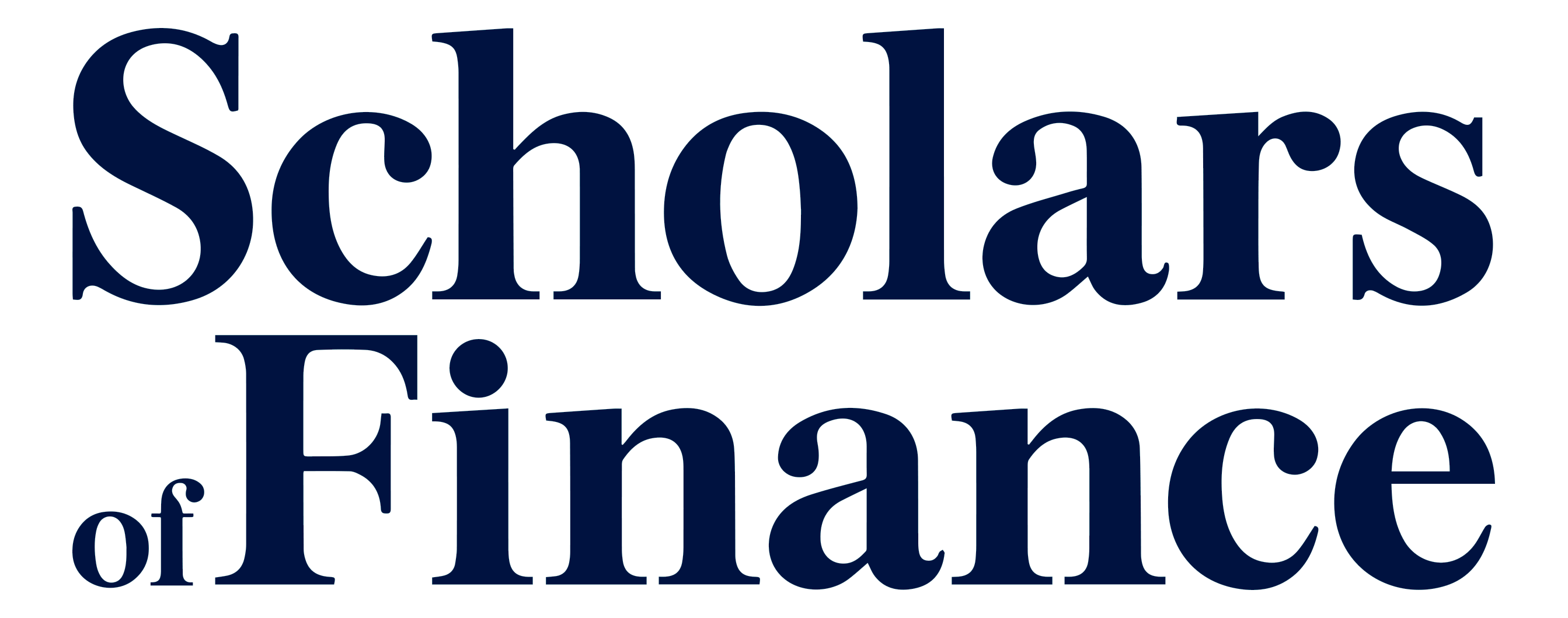
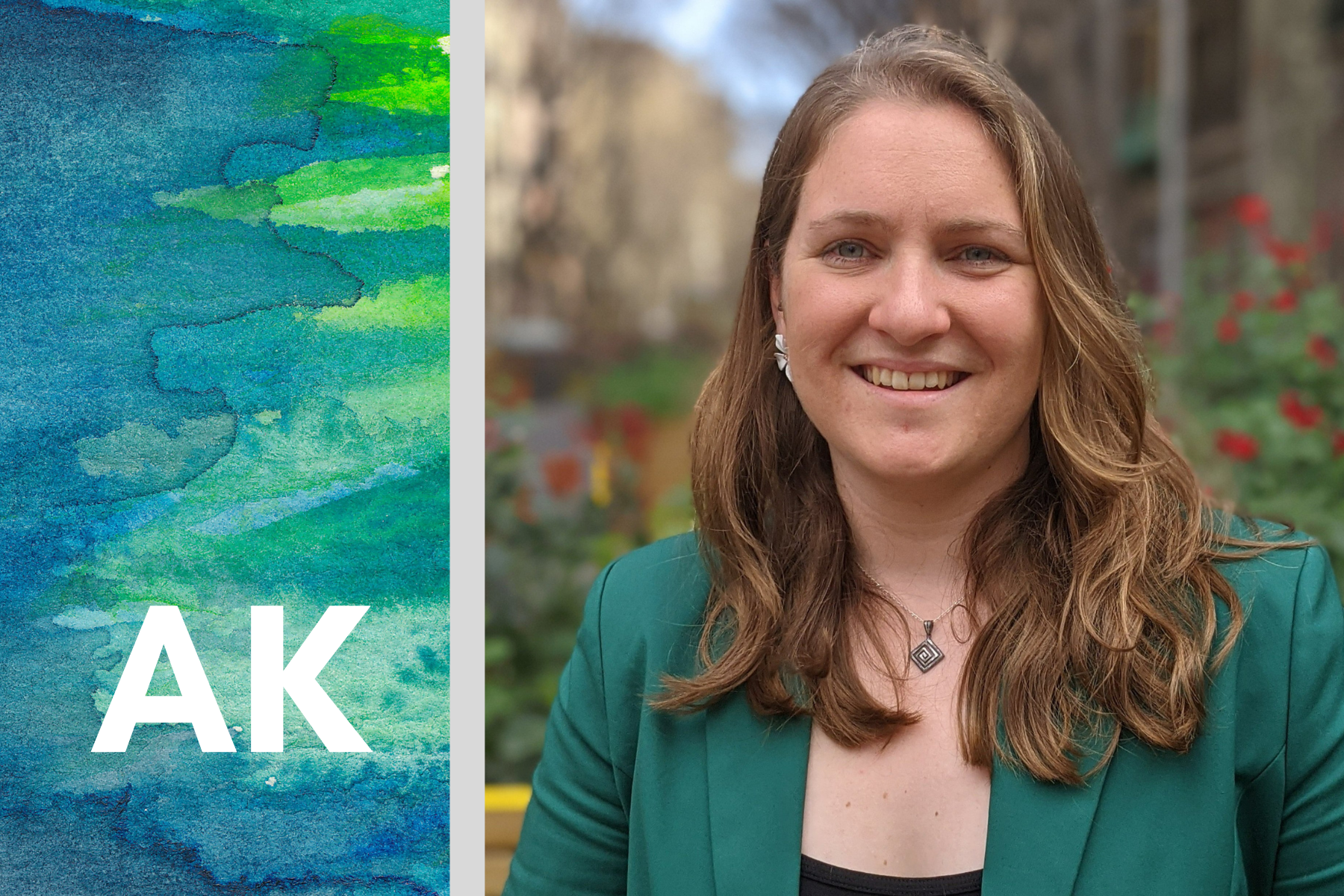
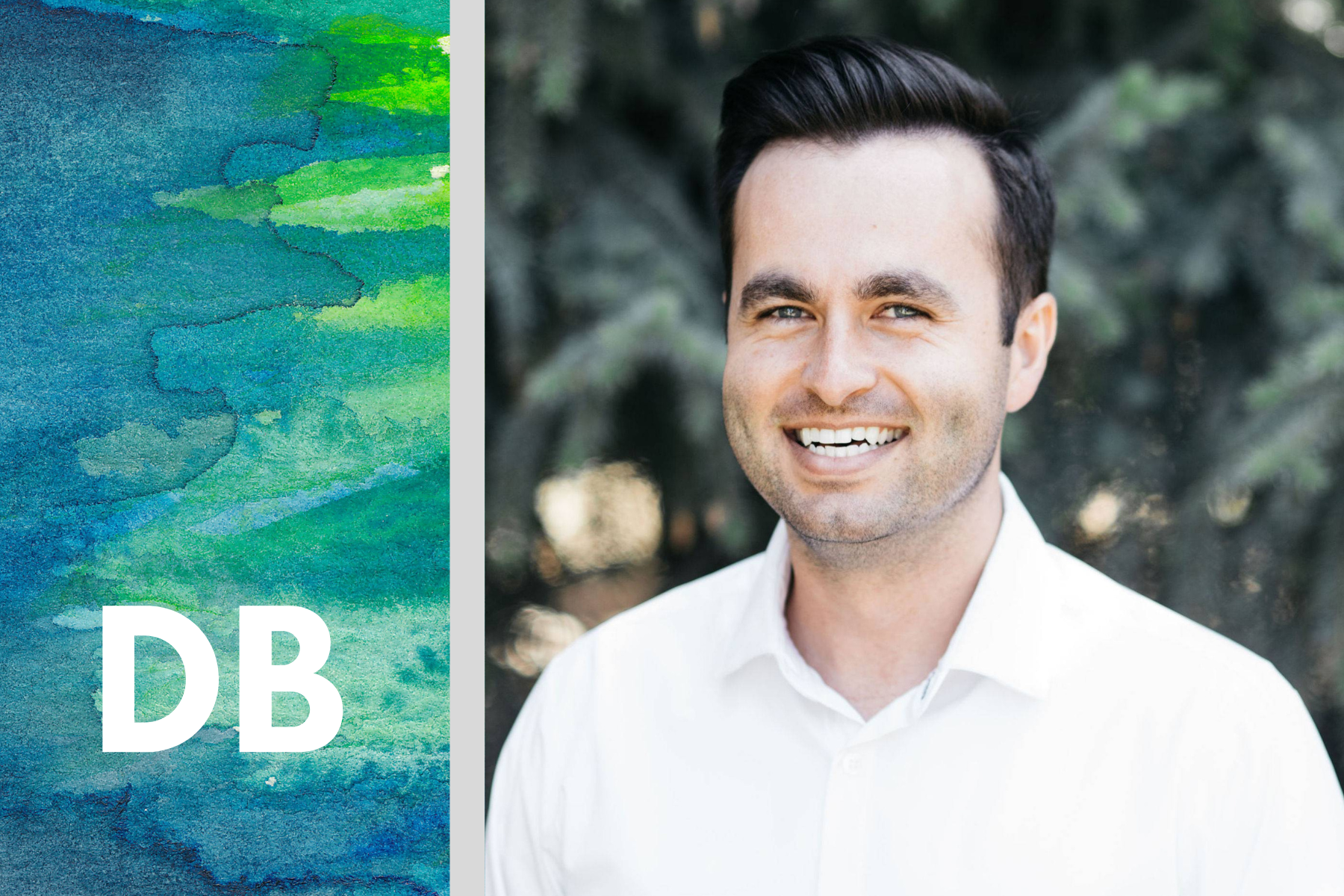
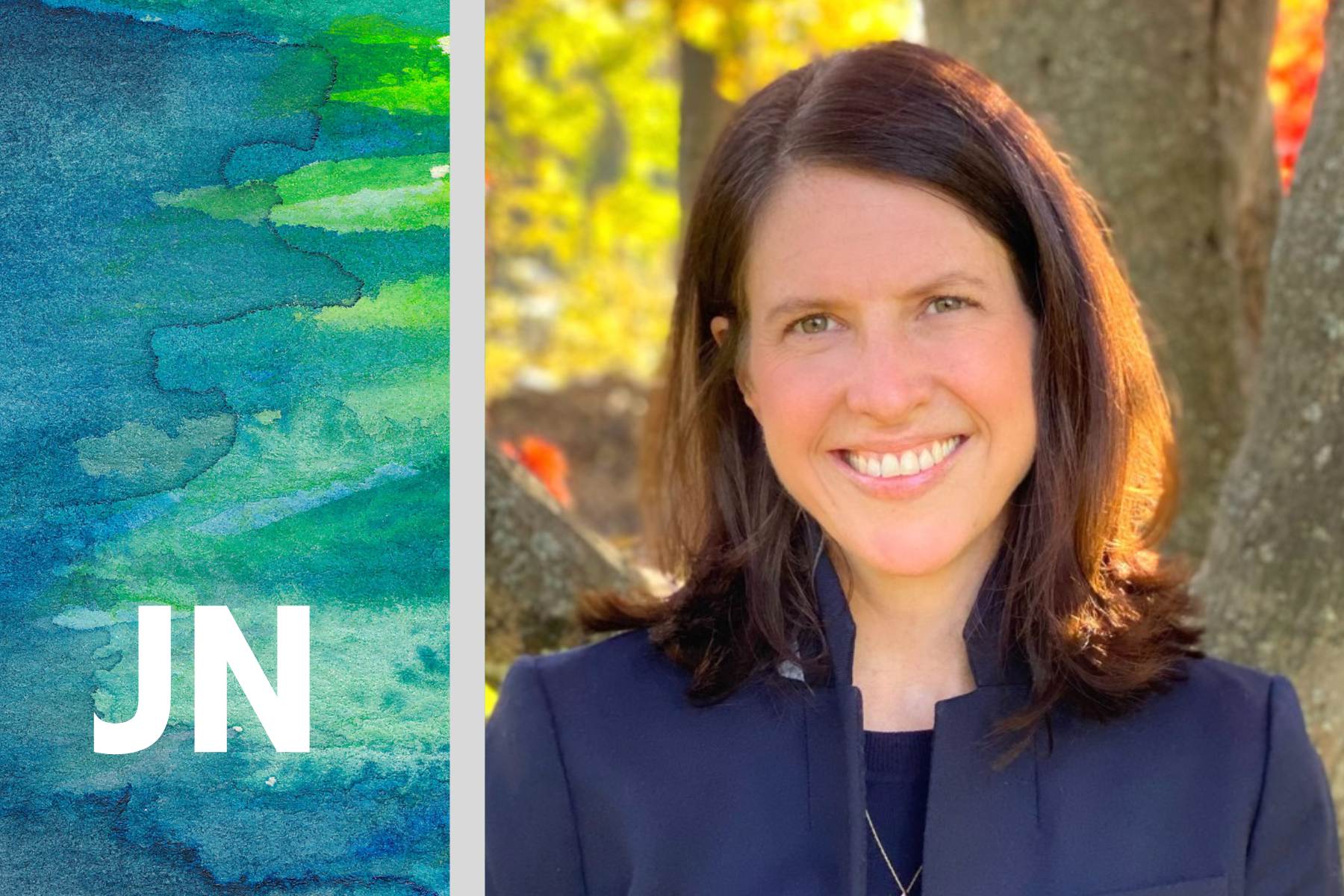


Recent Comments